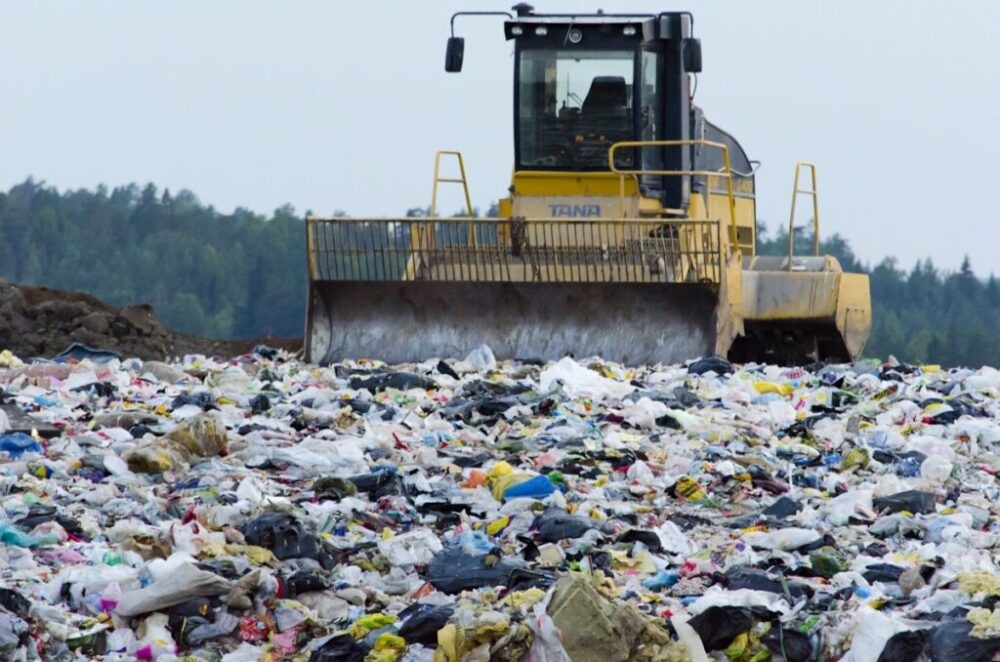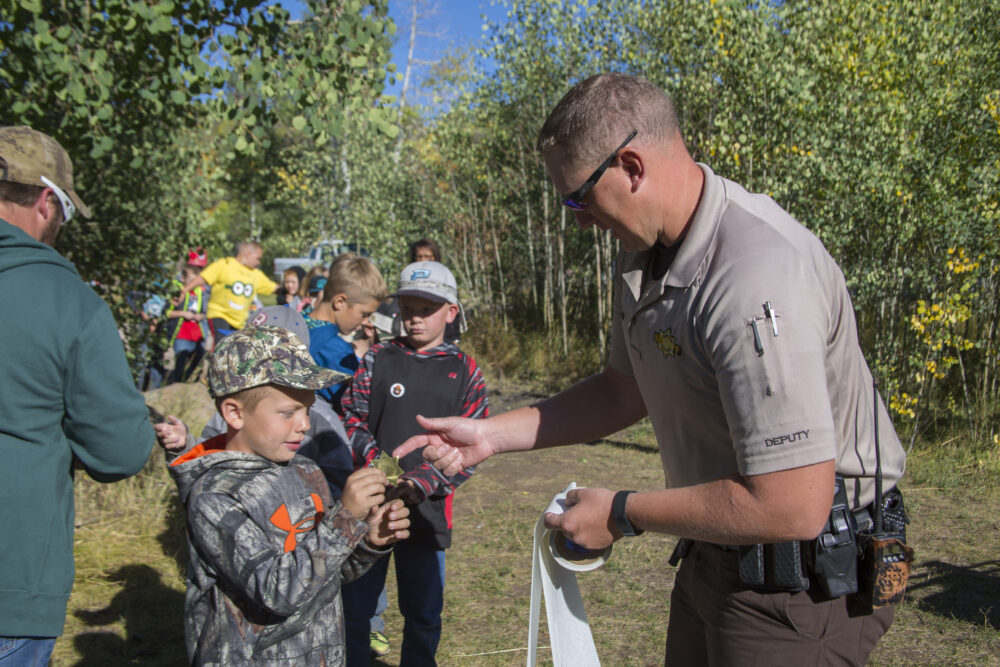We have much more to do and your continued support is needed now more than ever.
Protecting Our National Treasures by Confronting Climate Change
Today, the National Wildlife Federation is releasing a major new report, Wildlife in a Warming World, outlining how climate change is threatening wildlife and ecosystems across the country.
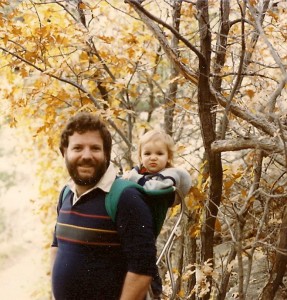
The latest science on what we can expect if we don’t get serious about cutting carbon pollution that is driving climate change is daunting. Whether its wholesale transformations of ecosystems, species extinctions or more variable extreme weather events putting communities, people, and wildlife at risk, the realities of what we have done to our natural world is finally hitting home for people across the country.
Fortunately, we know what’s causing these changes and we know what needs to be done to chart a better course for the future.
Safeguard Natural Systems from the Impacts of Climate Change
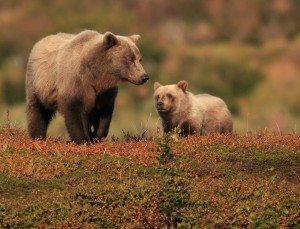
As we find ourselves in a new era of extreme weather, driven in large part by climate change, it is critical to prepare people, property, and communities for future climate extremes. Increasing resiliency to such extremes can benefit both people and nature if we make smarter development and infrastructure investments, rethink how and where we build, and utilize nature-based solutions to safeguard communities while benefiting wildlife.
If 2012 was a wake-up call for the American people — with devastating drought, intense wildfires, and destructive storms — then 2013 must be a wake-up call for policymakers to finally take swift, bold action to reduce the carbon pollution heating the planet and properly deal with the unavoidable impacts of an already changing climate.
Protect Wildlife from the Worst-case Climate Change Scenarios
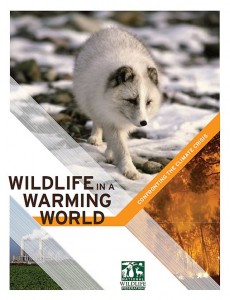 It is time to adopt policies here at home that reduce the threat of catastrophic climate change while realizing economic opportunities in clean energy. We can do this by taking swift, significant action to reduce carbon pollution, invest in smart energy choices and restore our natural systems that absorb carbon from the atmosphere.
It is time to adopt policies here at home that reduce the threat of catastrophic climate change while realizing economic opportunities in clean energy. We can do this by taking swift, significant action to reduce carbon pollution, invest in smart energy choices and restore our natural systems that absorb carbon from the atmosphere.
The choices we make today about how we approach energy development will have profound impacts on the future of our wildlife and our climate. Any serious effort to reduce carbon pollution will require smart energy choices that reduce dependence on fossil fuels and move America quickly towards a future powered by clean energy.
Only by taking the threat seriously — by rejecting dirty energy and embracing responsible, clean energy solutions — will we begin to alter the path we are on to catastrophic climate change.
Steps to Limit Carbon Pollution Using Clean Air Act Authority
President Obama’s Administration has already taken considerable strides to reduce carbon pollution from the country’s largest sources. In his first term, the Environmental Protection Agency (EPA) — in conjunction with the Department of Transportation — implemented the Clean Air Act to reduce carbon pollution from cars and trucks, the second largest source of carbon pollution in the United States. More must be done to reduce the threat of climate change.
“We, the people, still believe that our obligations as Americans are not just to ourselves, but to all posterity. We will respond to the threat of climate change, knowing that the failure to do so would betray our children and future generations.”
-President Obama in his 2nd Inaugural Address
The Obama Administration can take a number of significant, near-term actions to live up to his commitment to respond to the threat of climate change. He must use the authority of the Clean Air Act to limit carbon pollution from new and existing power plants, reject the dirty Keystone XL tar sands pipeline, and ensure the budget fights ahead do not slash critical investments in clean energy.
NWF is ready to take on the dirty energy interests here in Washington and across the country to confront this challenge.








